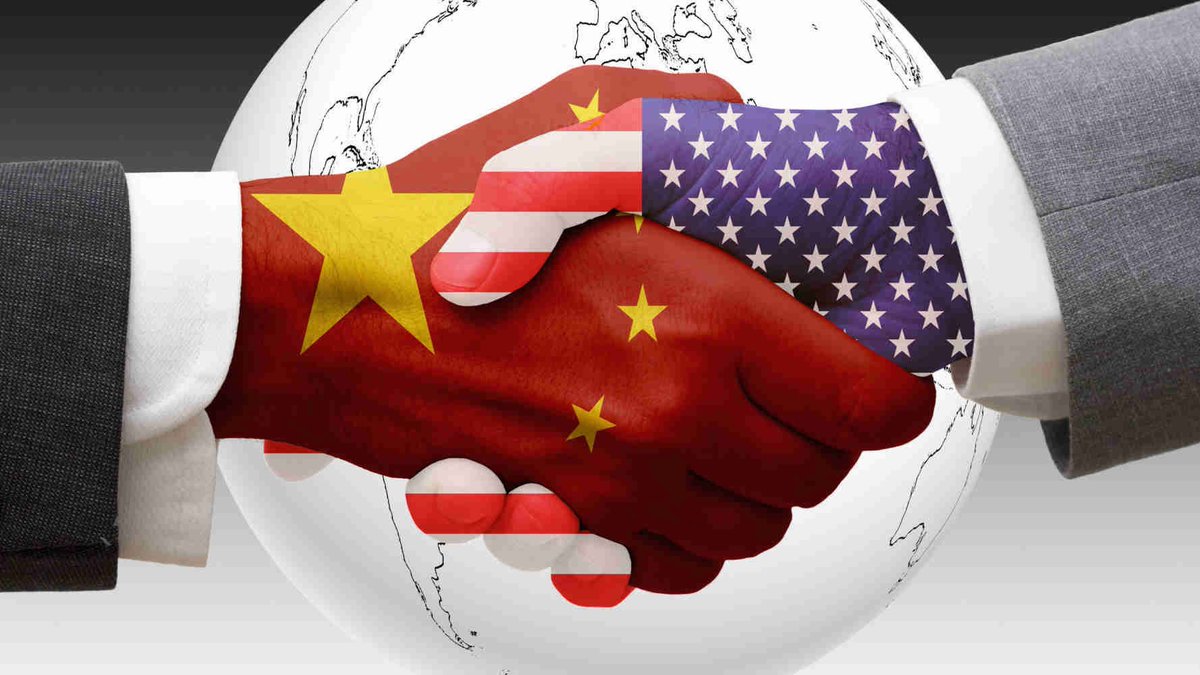
He Weiwen, Senior Fellow, Center for China and Globalization, CCG
Jul 27, 2017
The trade imbalance issue is not central to the mission of the CED. It should be left to the market, to the sector cooperation and to restructuring in the global supply chain.
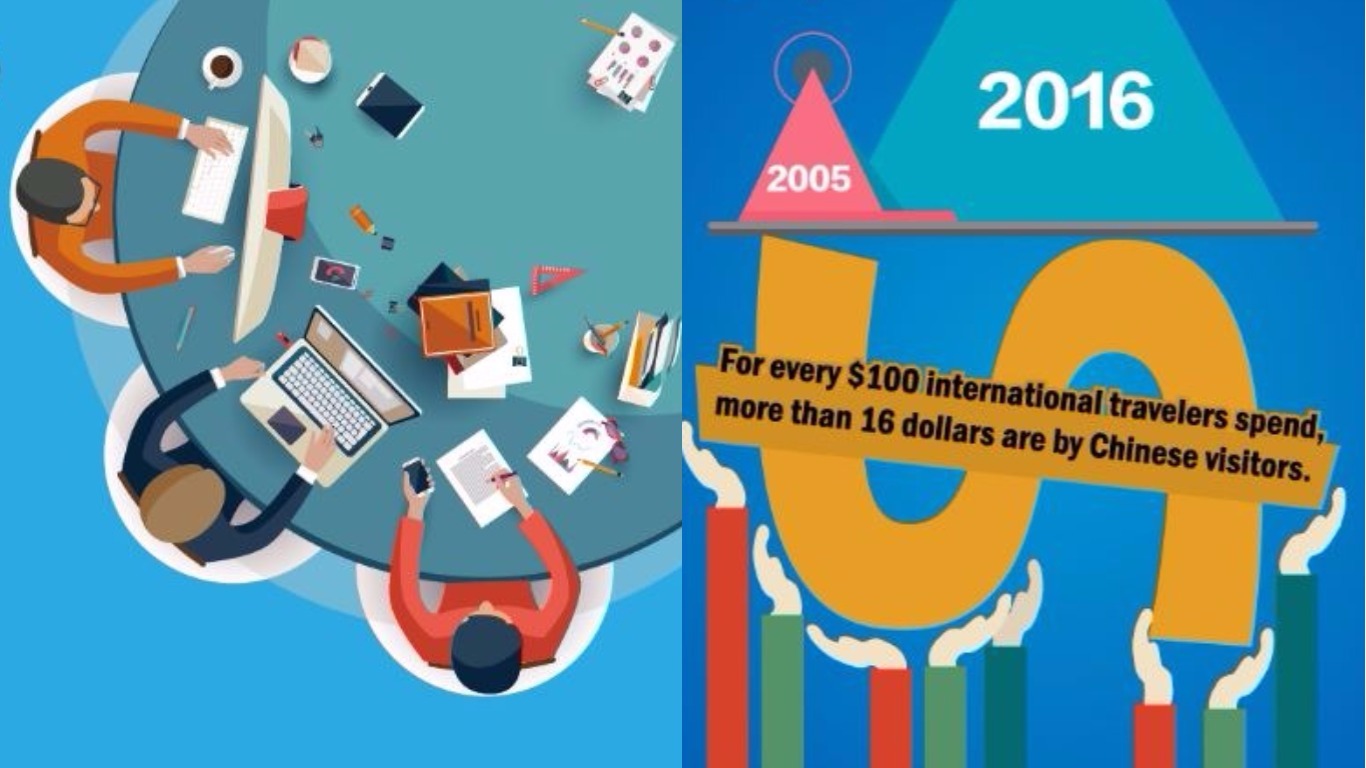
Jul 27, 2017
Trade ties between China and the United States have been under close scrutiny since President Trump took office. During the campaign, Trump frequently targeted
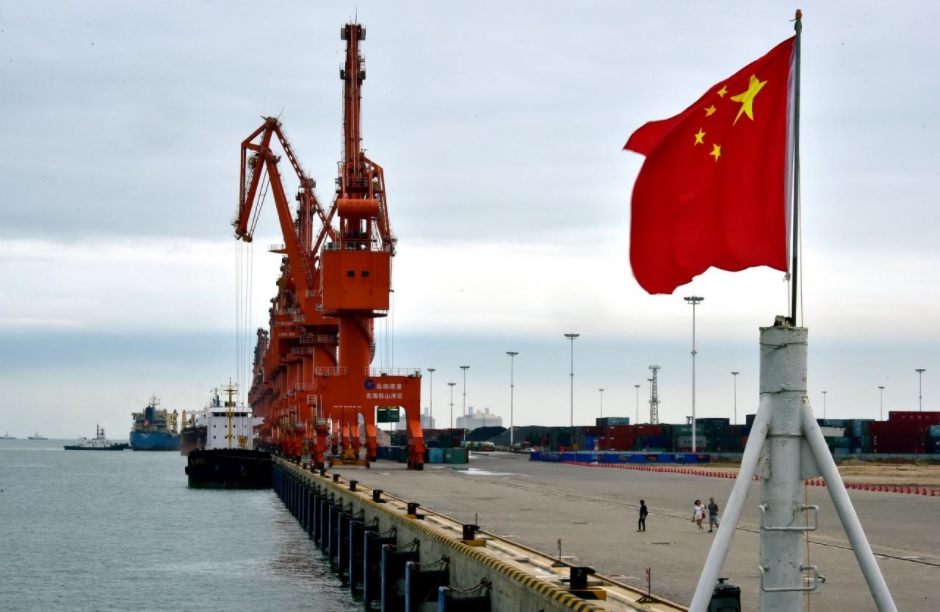
Stephen Roach, Senior Fellow, Yale University
Jul 26, 2017
After decelerating for six consecutive years, China real GDP growth appears to be inching up in 2017. The 6.9% annualized increase just reported for the second quarter exceeds the 6.7% rise in 2016 and is well above the consensus of international forecasters who, just a few months ago, expected growth to be closer to 6.5% this year, and to slow further, to 6%, in 2018.
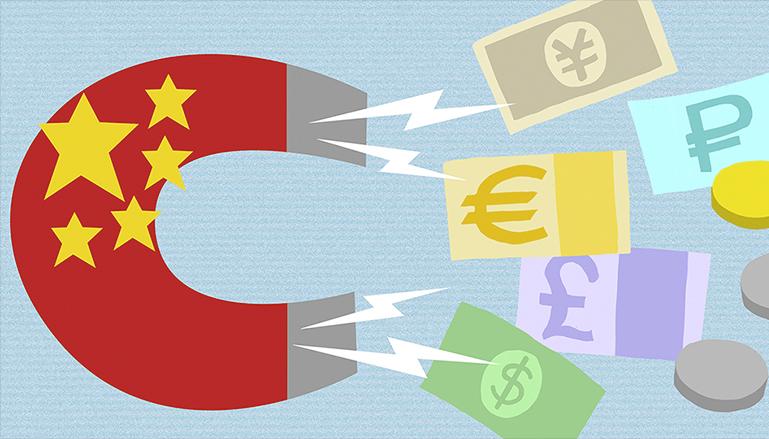
Doug Bandow, Senior Fellow, Cato Institute
Jul 26, 2017
At a time when Beijing seems inclined to turn inward economically, emphasizing state control and punishing foreign investors, American firms should point out the obvious economic benefits of attracting outside capital. American and other foreign firms could create some of the jobs necessary to employ Chinese workers who have come to expect a better life—and are likely to protest if that future does not materialize.
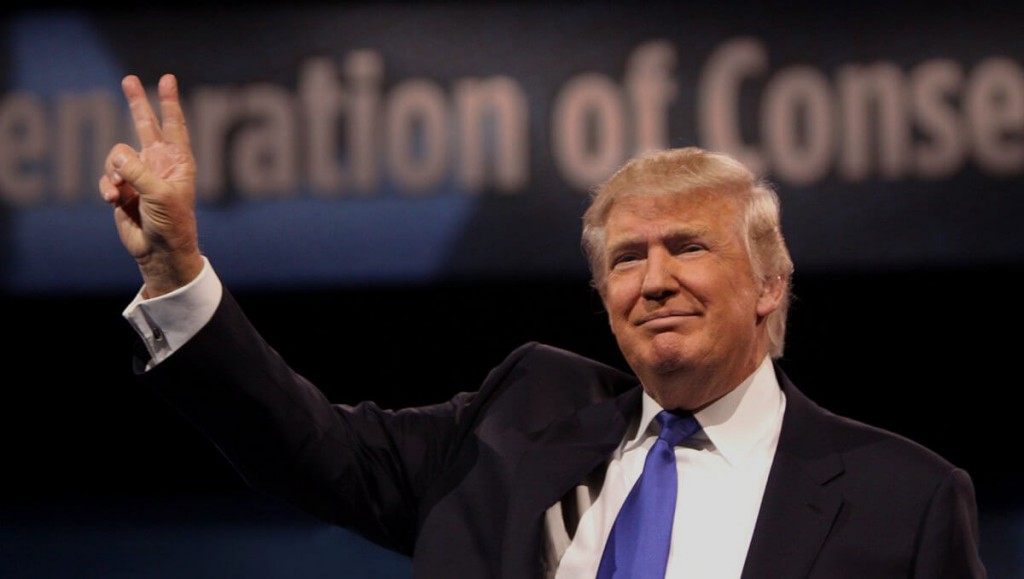
Dan Steinbock, Founder, Difference Group
Jul 25, 2017
After the U.S.-Sino Comprehensive Economic Dialogue, trade issues are alienating not only China and America’s NATO allies – but its NAFTA partners, Canada and Mexico.
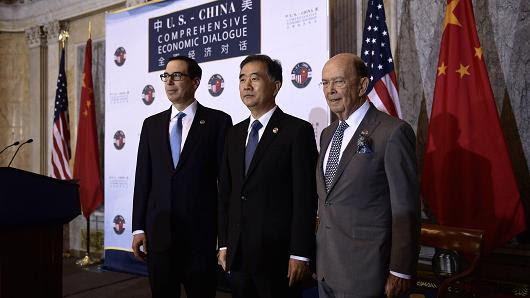
Lawrence Lau, Ralph and Claire Landau Professor of Economics, CUHK
Jul 25, 2017
The first China-U.S. Comprehensive Economic Dialogue yielded no tangible results. But the two powers have plenty of room for agreement – if they can put their sense of exceptionalism aside.
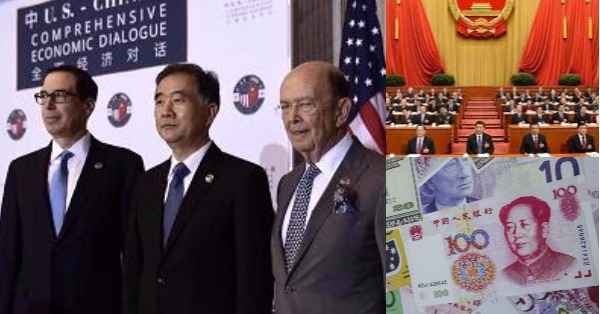
Jul 25, 2017
On July 19th, the first round of U.S.-China Comprehensive Economic Dialogue (CED) was held in Washington. The leaders of the dialogue were U.S. Treasury Secreta
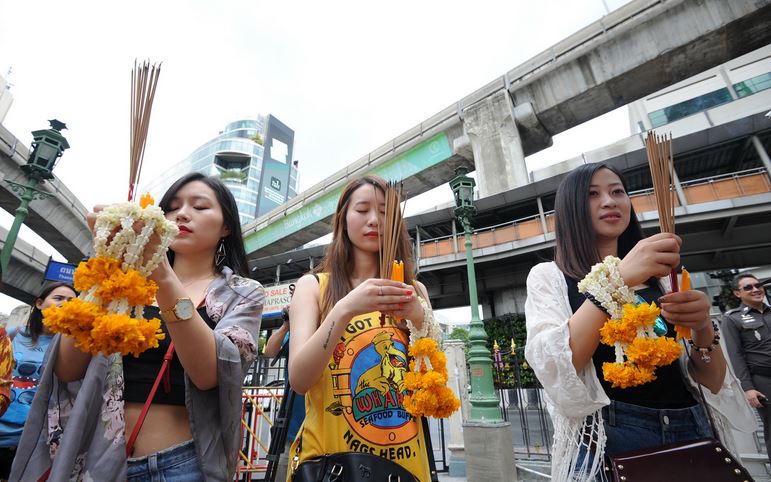
Curtis S. Chin, Former U.S. Ambassador to Asian Development Bank
Jul 21, 2017
As Thailand and much of Asia welcomes more and more visitors from China, the region’s leaders and policymakers must take steps toward a more sustainable tourism industry and accelerate supporting infrastructure. Ensuring tourism is a sustainable driver of economic growth will require much more than sustained support for even the best marketing campaigns.
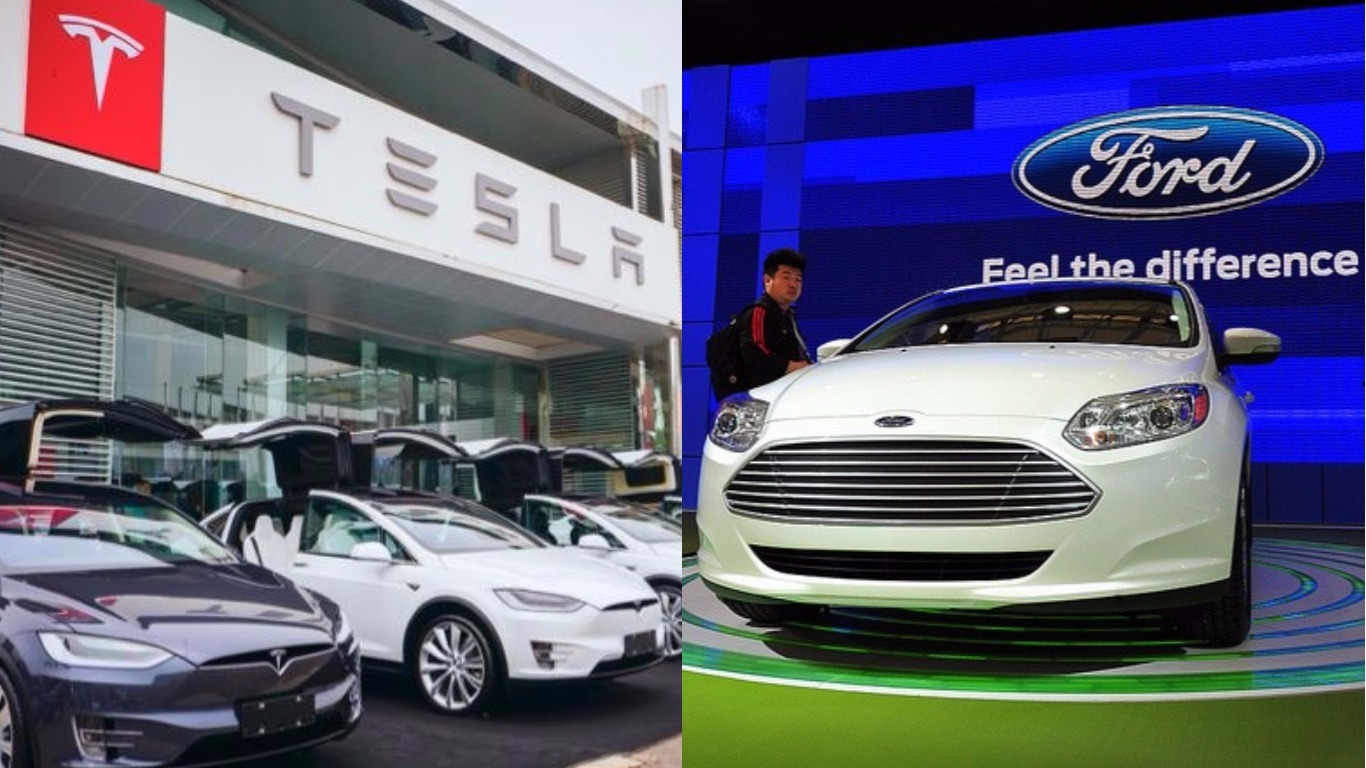
Eric Harwit, Professor, University of Hawaii Asian Studies Program
Jul 19, 2017
Two major American car manufacturers, Ford Motor Company and Tesla, are moving ahead with plans in China that seem a direct challenge to President Donald Trump’s crusade to keep American manufacturing jobs in the U.S. Surprisingly, the companies seem to have met little resistance from the administration thus far.
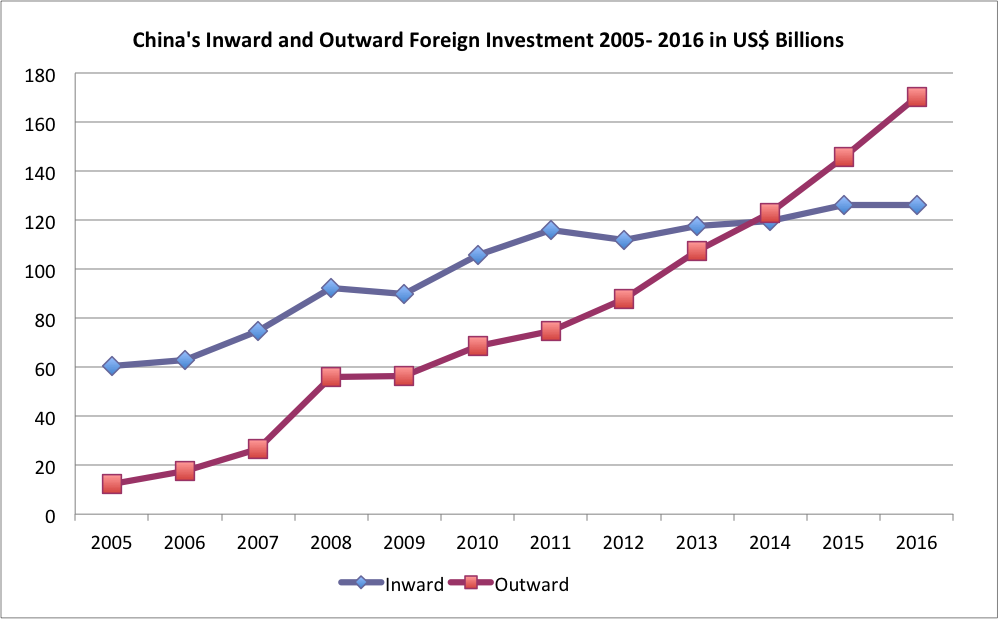
Sam Beatson, a Senior Economic Analyst
Jul 17, 2017
Trade relations with an expanding and increasingly outward facing China have placed foreign leaders in a position whereby public engagement with China on investment and trade issues can create a perception of either pragmatic collaboration for mutual strategic and economic benefit at best or collusion and corruption at worst.
Back to Top

- China-US Focus builds trust and understanding between the U.S. and China through open dialogue among thought leaders.
- Our Offerings
- Topics
- Videos
- Podcasts
- Columnists
- Research Reports
- Focus Digest
- Stay Connected
-
Thanks for signing up!
- Get the latest stories from China-US Focus weekly.